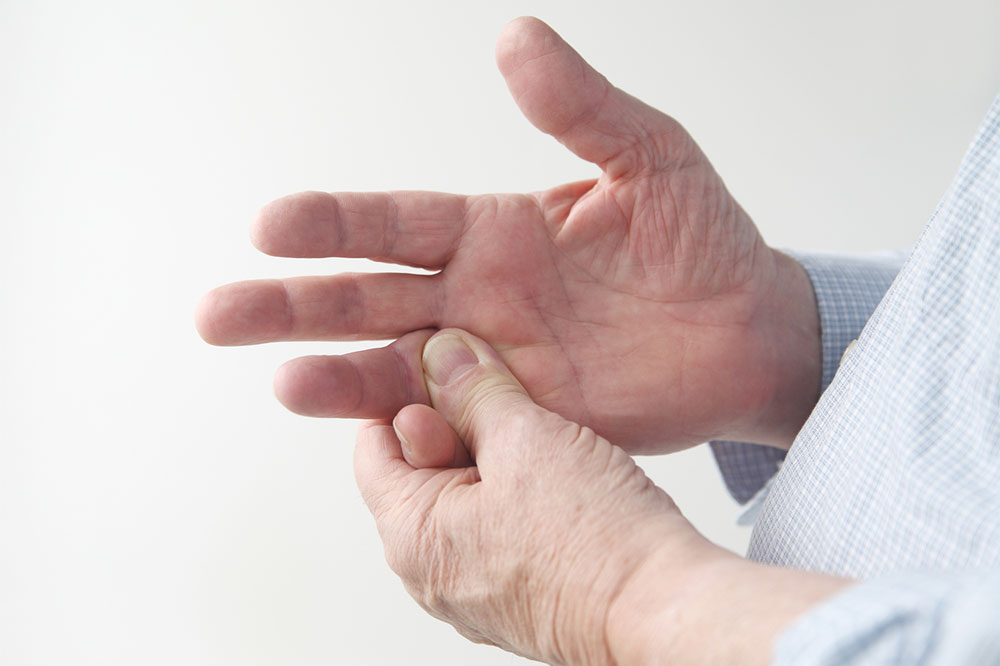6 common mistakes to avoid when investing in gold

For centuries, gold has been a sought-after possession. Today, it is also a sound investment option for both conservative and risk-taking investors, as the metal has intrinsic value and is accepted as a legitimate high-value asset across the world. From diversifying the portfolio to making long-term safe investments, gold can be a beneficial and relatively safe investment option. But, if one’s not familiar with the market, one could make costly mistakes while investing in gold.
Common mistakes to avoid
1. Overlooking associated costs
When one thinks of gold investments, they might only imagine buying and stocking up gold bars, gold coins, or jewelry. While the metal itself is a legitimate investment option, physical gold comes with a 10% production cost. Then there are also safety and storage concerns associated with gold as well as transaction fees.
2. Not exploring all options
Many think of gold as a physical asset, but gold investment goes beyond that. Those strictly interested in gold investment and not personal use are better off buying ETFs (exchange-traded funds), which track gold prices, or gold mining stocks. With these options, the investor holds shares of gold mining companies that can be bought or sold on stock exchanges. ETFs are also easier to manage. This investment avenue also means that one does not have to cover any additional charges for production or storage required to hold physical gold. On the other hand, those considering gold for personal use should consider storage options beforehand. It’s important to weigh the pros and cons of all options and choose one that aligns with one’s financial goals.
3. Skipping research
The biggest mistake one can make is to trust the first opportunity one comes across and invest without understanding the different forms of gold, its market dynamics, and its historical performance. Those interested in physical gold must also investigate the authenticity of gold and the legitimacy of the seller. Alternatively, one should research mining stocks or ETFs for indirect exposure to gold’s performance.
4. Not considering storage and safety
Another mistake to avoid is not looking at the storage options before buying physical gold. Ignoring this step can expose one to risks such as theft or damage. It is best to look up suitable safes, safe deposit boxes, or reputable storage facilities nearby and choose the most secure option available.
5. Neglecting diversification
Failing to diversify the portfolio with different types of asset classes like real estate, stocks, and bonds and only sticking to gold can be risky. This decision exposes such investors to the fluctuations of the gold market, and they lose out on the potential benefits of other asset classes’ performance.
6. Not seeking professional guidance
Investing in gold might seem straightforward since it is a well-known, widely available commodity. But, not seeking advice from financial experts can lead to costly mistakes. For instance, a financial advisor or expert might help one assess their risk tolerance, find the best prices, and verify authenticity before making any investment decisions. With several fakes in circulation, one may end up paying a higher price than the gold’s actual value without sound guidance. So, one should consult experts in the field before making a decision to invest in gold.







